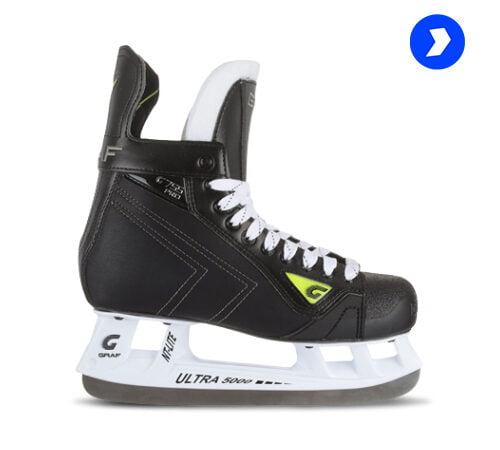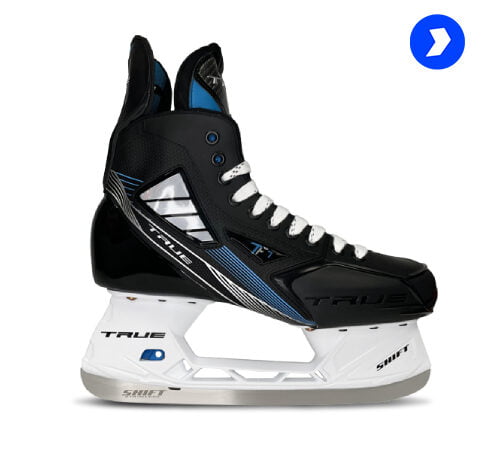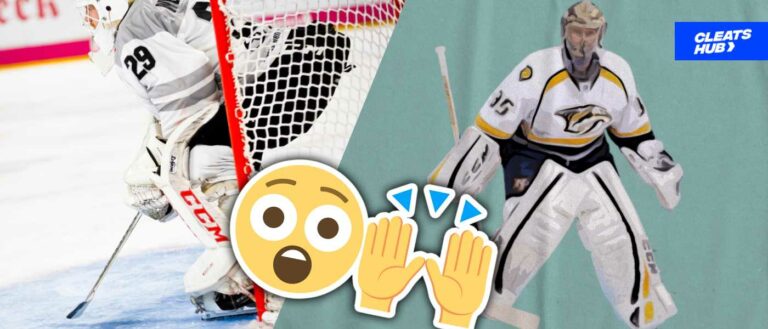Can Ice Hockey End In A Tie?
Ice hockey is a sport that might leave you with many unanswered questions. Fortunately, we are here to answer any queries you may have. Another question: Is there ever a tie in ice hockey?
Why not talk about it right away? It has more to it than you might think. We will discuss all the relevant supporting information related to this query.
But let’s respond to it first.
Is There A Tie In Ice Hockey?
The short answer is no; ties are no longer a thing in ice hockey. Here, when we refer to “ice hockey”, we are especially referring to the National Hockey League (NHL), as it was the pioneering ice hockey organization to move toward making every game definitive (without a draw).
There is no longer a tie in any of the official NHL games or in the majority of ice hockey systems worldwide. It was this prospect that gave rise to the overtime rules, which are still in place. It is the additional time needed to end the game decisively following the three regular periods of 20 minutes each.
How Does Overtime Work In The NHL?
As previously mentioned, in ice hockey, overtime is the extra time that is used to decide the final score. When it comes to overtime, there is a sudden death goal regulation in force. Simply put, it means that the first team to net a goal wins the match.
Yet, the NHL has different rules for regular-season games and the Stanley Cup playoffs. This is how:
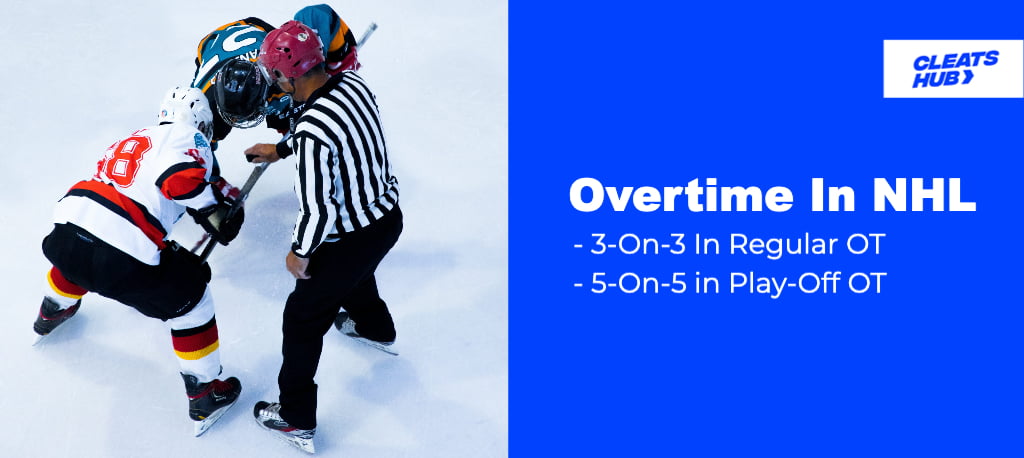
Regular Games
The NHL’s standard season contains a 5-minute overtime regulation after the game’s third and final period. Five minutes are allotted for scoring. It is significant to note that overtime games are based on a 3-on-3 formation as the team format, rather than the default 5-on-5 contests seen during traditional periods.
As said earlier, the first to score is deemed the winner. However, if neither team scores before the end of the five minutes, a penalty shootout is conducted. which we will go into more detail about later on in this essay.
Play-Offs
When it comes to the Stanley Cup Playoffs, the rules have changed. There is an additional 20-minute period of overtime play following the third period of the contest. Unlike the single overtime period used during the regular season, playoffs do not have a limit to the number of overtime periods. This means that it continues to add up until one of the teams scores.
In the Stanley Cup Playoffs, there are no shootouts like there are in normal games. As a result, the teams continue to play, adding additional periods every 20 minutes, until one of the teams scores.
Read more on, Longest Playoff And Overtime Game In NHL History
The Longest OT in NHL Play-Offs?
This raises the query. If there is no cap on how many overtime periods can be added in the NHL Playoffs. What NHL playoff game has been the longest ever?
Just the longest games from the most recent seasons will be examined.
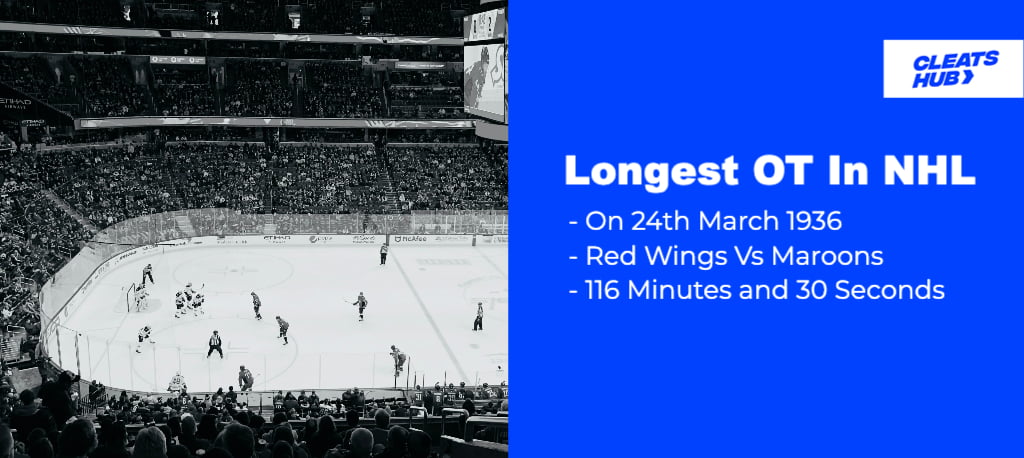
The NHL’s longest overtime period began in 1936. On March 24 of that year, it happened. The Detroit Red Wings and Montreal Maroons played in the game. The extra time lasted for nearly six periods. The amount of overtime really lasted 116 minutes and 30 seconds.
After a protracted overtime period, Mud Bruneteau of the Red Wings beat Normie Smith of the Montreal Maroons to score the game-winning goal.
When Did the NHL Eliminate Tie In Ice Hockey?
Given the lengthy history of the game, it wasn’t that long ago when the NHL dropped ties from its all-game formats.
The NHL first announced the rule to end ties in ice hockey back in 2005–2006. So that there may be a winner in every game, the shootout was implemented in the NHL. Prior to this, there were 14% of games that finished in ties during the previous season.

The Reason
There must be some explanation or important aspect that contributed to the NHL tie being abolished. We are aware that the NHL wants more action!
Before the 2005–2006 season, it was observed that the teams frequently chose a more conservative strategy to win the game. As a result, that gave viewers a dull and laggy impression of the fun gaming.
The main purpose of overtime was so teams would go all out on offense as the shootout begins, and it’s exhilarating to watch both sides give it their all to win as the clock runs out.
Shootout: The Ultimate Solution
We may have covered a lot of ground today. The shootout, however, may stand out as the most significant. The National Hockey League borrowed this strategy from the International Ice Hockey Federation.
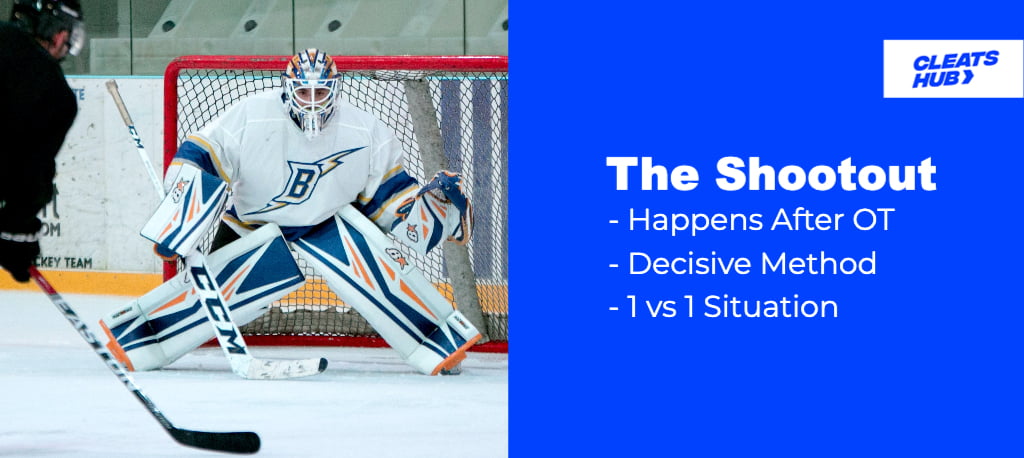
For shootouts, the rule stands that if the score is still tied following the 5-minute overtime, then it moves to a shootout.
There is only one skater competing against the goaltender in the shootout. The skater begins at the center of the ice rink and skates toward the net while attempting to score. In this event, he stands alone against the goalies as interference from any other player is against the rules.
Do Youth Leagues Still Have Ties In Ice Hockey?
Again, the rapid response? No, the majority of Ice Hockey systems throughout the world have also done away with the tie in Ice Hockey after the NHL took these steps.
For instance, AHL games no longer have ties as a result. Since there is a 3-on-3 period, a 5-minute extra period, and then a shootout. Keep in mind that the “sudden-death” rule does apply during overtime.
Any side that scores first is proclaimed the winner.
Conclusion:
We had to say farewell as usual. But it was time well spent since we had the chance to examine the idea of a tie in ice hockey in great detail. This is no longer in force, and we have talked about the relatively new overtime and shootout system that is in place.
There are more questions like this one that are all answered on our ice hockey blog, which you should absolutely check out. See you later!
Psstt…. The Top Performing Cleats


